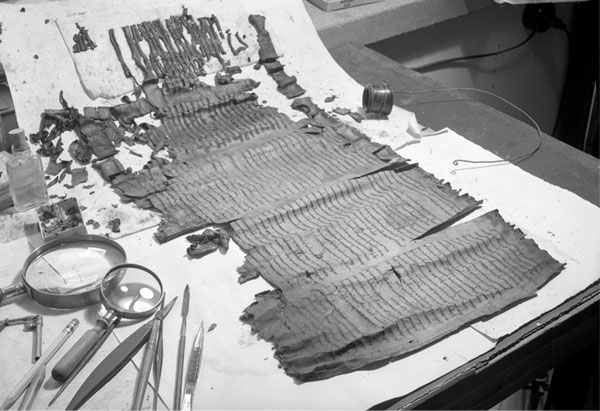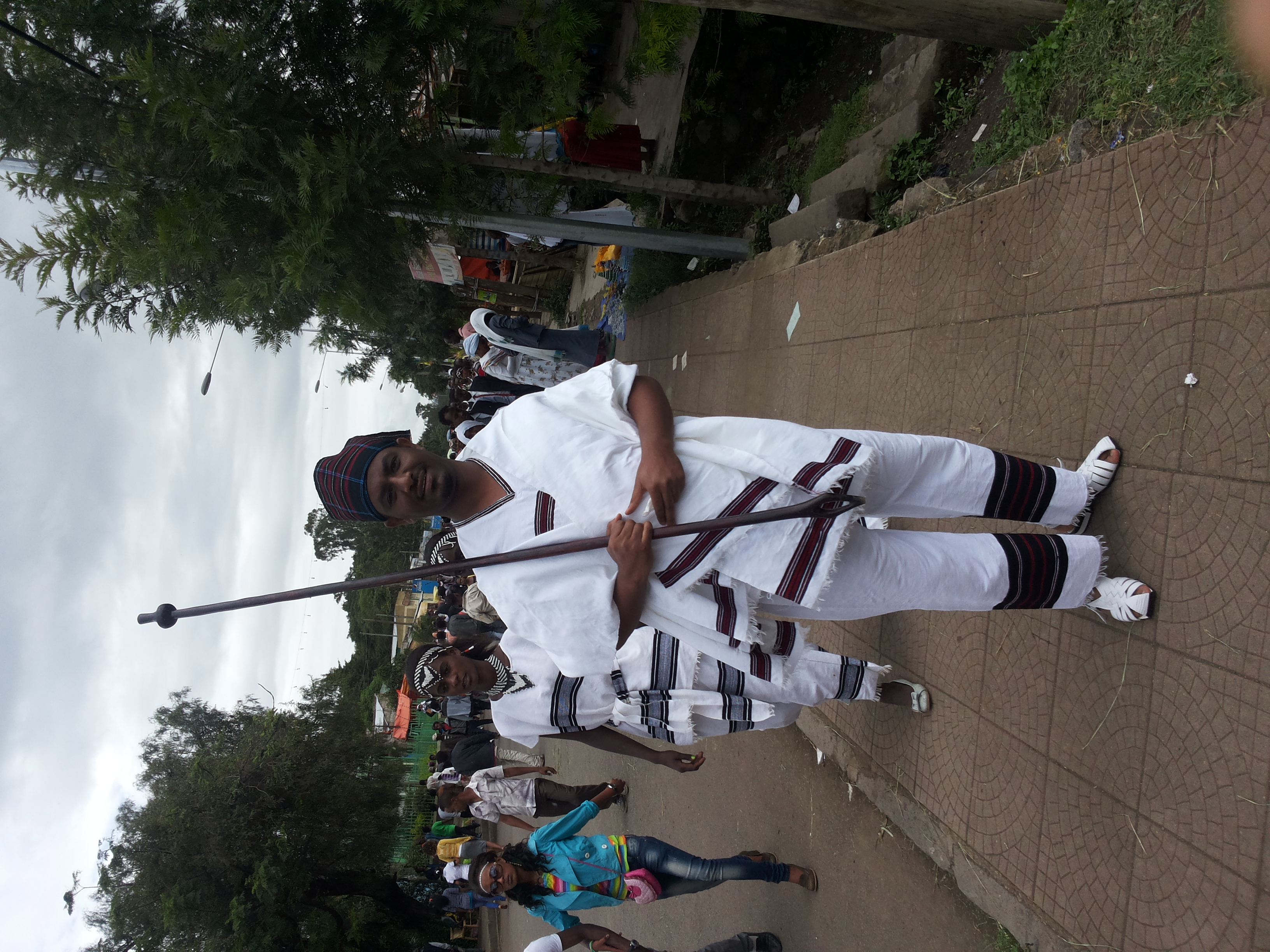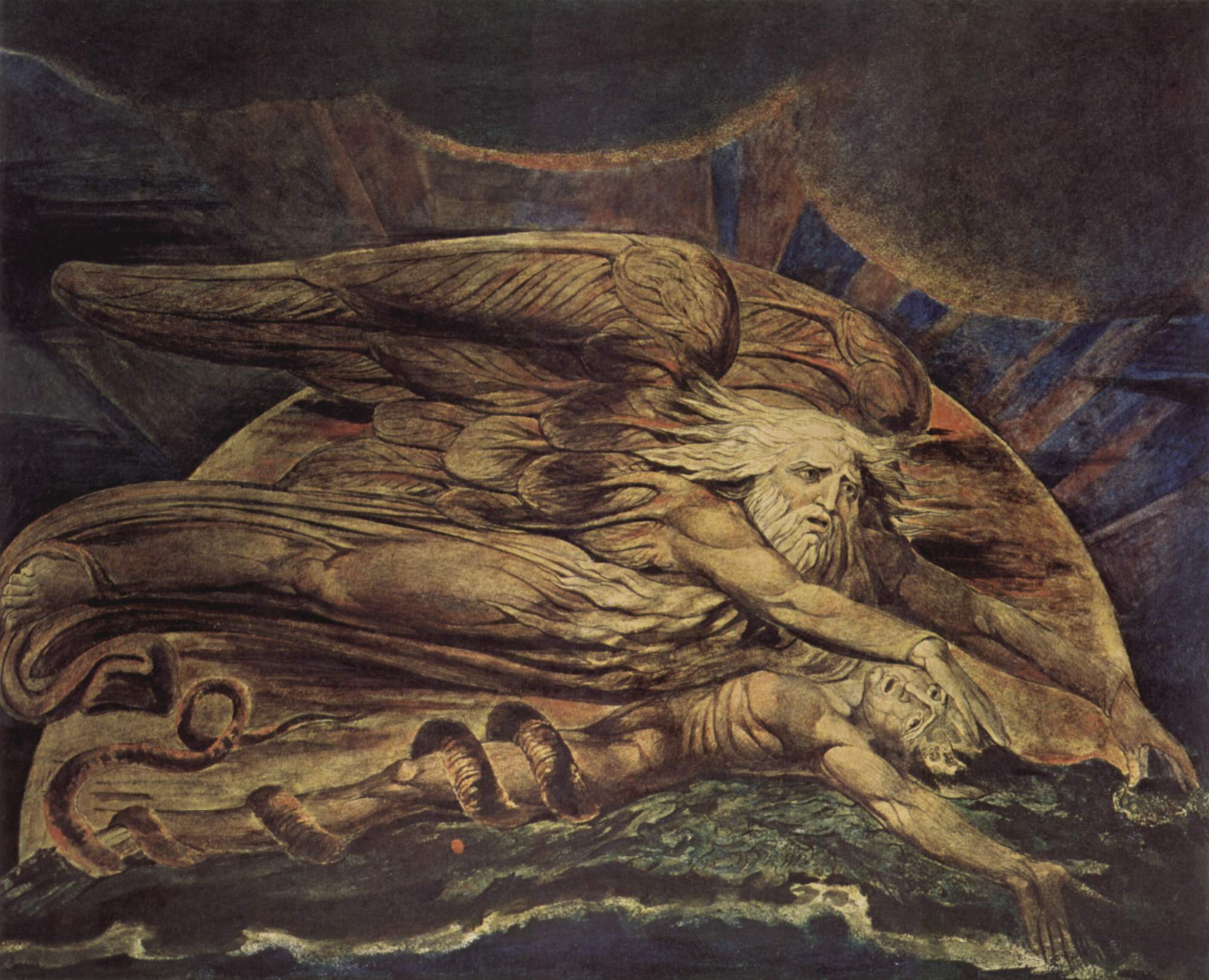|
Mandaeism
Mandaeism (Mandaic language, Classical Mandaic: ),https://qadaha.wordpress.com/wp-content/uploads/2021/03/nhura-dictionary-mandaic-english-mandaic.pdf sometimes also known as Nasoraeanism or Sabianism, is a Gnosticism, Gnostic, Monotheism, monotheistic and ethnic religion with Ancient Greek religion, Greek, Iranian religions, Iranian, and Judaism, Jewish influences. Its adherents, the Mandaeans, revere Adam#In Mandaeism, Adam, Abel#Mandaean interpretation, Abel, Seth#Mandaeism, Seth, Enos (biblical figure)#In Mandaeism, Enos, Noah#Mandaeism, Noah, Shem#In Mandaeism, Shem, Aram, son of Shem, Aram, and especially John the Baptist#Mandaeism, John the Baptist. Mandaeans consider Adam, Seth, Noah, Shem, and John the Baptist prophets, with Adam being the founder of the religion and John being the greatest and Last prophet, final prophet. The Mandaeans speak an Eastern Aramaic languages, Eastern Aramaic language known as Mandaic language, Mandaic. The name 'Mandaean' comes from th ... [...More Info...] [...Related Items...] OR: [Wikipedia] [Google] [Baidu] [Amazon] |
Mandaeans
Mandaeans (Mandaic language, Mandaic: ࡌࡀࡍࡃࡀࡉࡉࡀ) ( ), also known as Mandaean Sabians ( ) or simply as Sabians ( ), are an ethnoreligious group who are followers of Mandaeism. They believe that John the Baptist was the final and most important prophet. They may have been among the earliest religious groups to practice baptism, as well as among the earliest adherents of Gnosticism, a belief system of which they are the last surviving representatives today. The Mandaeans were originally native speakers of Mandaic language, Mandaic, an Eastern Aramaic languages, Eastern Aramaic language, before they nearly all switched to Mesopotamian Arabic or Persian language, Persian as their main language. After 2003 invasion of Iraq, the invasion of Iraq by the United States and Multi-National Force – Iraq, its allies in 2003, the Mandaean community of Iraq, which before the war numbered 60,000–70,000 persons, collapsed with most of the community relocating to Iran, Syria ... [...More Info...] [...Related Items...] OR: [Wikipedia] [Google] [Baidu] [Amazon] |
Gnosticism
Gnosticism (from Ancient Greek language, Ancient Greek: , Romanization of Ancient Greek, romanized: ''gnōstikós'', Koine Greek: Help:IPA/Greek, [ɣnostiˈkos], 'having knowledge') is a collection of religious ideas and systems that coalesced in the late 1st century AD among Early Christianity, early Christian sects. These diverse groups emphasized personal spiritual knowledge (''gnosis'') above the Proto-orthodox Christianity, proto-orthodox teachings, traditions, and authority of religious institutions. Generally, in Gnosticism, the Monad (Gnosticism), Monad is the supreme God who emanates divine beings; one, Sophia (Gnosticism), Sophia, creates the flawed demiurge who makes the material world, trapping souls until they regain divine knowledge. Consequently, Gnostics considered material existence flawed or evil, and held the principal element of salvation to be direct knowledge of the hidden divinity, attained via mystical or esoteric insight. Many Gnostic texts deal not in co ... [...More Info...] [...Related Items...] OR: [Wikipedia] [Google] [Baidu] [Amazon] |
Qulasta
The Qulasta, also spelled Qolastā in older sources (; ), is a compilation of Mandaean prayers. The Mandaic word ''qolastā'' means "collection". The prayerbook is a collection of Mandaic prayers regarding baptisms ('' maṣbuta'') and other sacred rituals involved in the ascension of the soul ('' masiqta''). In Mandaic, individual prayers are generally called ''buta'' (plural form: ''bawata''), although some prayers also known as ''qaiamta'', ''šrita'' (loosing or deconsecration prayers), and other Mandaic designations. There is no standardized version of the Qulasta; different versions can contain varying numbers of prayers, and ordering of the prayers can also vary. The most commonly used Qulasta versions are those of E. S. Drower (1959 English translation) and Mark Lidzbarski (1920 German translation). The most complete versions have approximately 340 prayers, excluding duplicates. Eric Segelberg (1958) contains a detailed study of many of the first 90 Qulasta prayers (m ... [...More Info...] [...Related Items...] OR: [Wikipedia] [Google] [Baidu] [Amazon] |
Monotheism
Monotheism is the belief that one God is the only, or at least the dominant deity.F. L. Cross, Cross, F.L.; Livingstone, E.A., eds. (1974). "Monotheism". The Oxford Dictionary of the Christian Church (2 ed.). Oxford: Oxford University Press. A distinction may be made between exclusive monotheism, in which the one God is a singular existence, and both inclusive and pluriform monotheism, in which multiple gods or godly forms are recognized, but each are postulated as extensions of the same God. Monotheism is distinguished from henotheism, a religious system in which the believer worships one god without denying that others may worship different gods with equal validity, and monolatry, monolatrism, the recognition of the existence of many gods but with the consistent worship of only one deity. The term ''monolatry'' was perhaps first used by Julius Wellhausen. Monotheism characterizes the traditions of Abrahamic religions, Abrahamic religions such as Judaism, Samaritanism, Christi ... [...More Info...] [...Related Items...] OR: [Wikipedia] [Google] [Baidu] [Amazon] |
Mandaean Book Of John
In Mandaeism, the Book of John () is a Mandaean holy book in Mandaic Aramaic which Mandaeans attribute to their prophet John the Baptist. The book contains accounts of John's life and miracles, as well as a number of polemical conversations with Jesus and tractates where Anush Uthra ( Enosh) performs miracles in the style of Jesus's deeds in Jerusalem. It was compiled around the 7th century A.D. shortly after the Muslim conquest of Persia from various texts, many of which were composed several centuries earlier. It was translated into English in its entirety for the first time by Gelbert & Lofts (2017) and Häberl & McGrath (2020). Translations A German translation, ''Das Johannesbuch der Mandäer'', was published by Mark Lidzbarski in 1915. Another German translation of chapters 18–33 (the "Yahya–Yuhana" chapters) was published by Gabriele Mayer in 2021. Charles G. Häberl and James F. McGrath published a full English translation of the Mandaean Book of John in 2020 ... [...More Info...] [...Related Items...] OR: [Wikipedia] [Google] [Baidu] [Amazon] |
List Of Mandaean Texts
This article contains a list of Mandaic manuscripts, which are almost entirely Mandaeism, Mandaean religious texts written in Classical Mandaic language, Mandaic. Well-known Mandaean texts include the ''Ginza Rabba'' (also known as the ''Sidra Rabbā''), the ''Mandaean Book of John'', and the ''Qulasta''. Texts for Mandaean priests include ''The 1012 Questions'', among others. Some, like the ''Ginza Rabba'', are codex, codices (bound books), while others, such as the various diwan (poetry), ''diwan''s, are illustrated scrolls. Background Mandaean copyists or scribes (Mandaic: ''sapra'') may transcribe texts as a meritorious deed for one's own forgiveness of sins, or they may be hired to copy a text for another person. Mandaean sacred scriptures, such as the ''Ginza Rabba'' are traditionally kept in wooden chests wrapped in layers of white cotton and silk cloth. These protected manuscripts are generally not touched by ordinary laypeople, although learned laymen (''yalufa'') who ... [...More Info...] [...Related Items...] OR: [Wikipedia] [Google] [Baidu] [Amazon] |
John The Baptist
John the Baptist ( – ) was a Jewish preacher active in the area of the Jordan River in the early first century AD. He is also known as Saint John the Forerunner in Eastern Orthodoxy and Oriental Orthodoxy, John the Immerser in some Baptist Christianity, Christian traditions, and as the prophet Yahya ibn Zakariya in Islam. He is sometimes referred to as John the Baptiser. John is mentioned by the History of the Jews in the Roman Empire, Roman Jewish historian Josephus, and he is revered as a major religious figure in Christianity, Islam, the Baháʼí Faith, the Druze faith, and Mandaeism; in the last of these he is considered to be the final and most vital prophet. He is considered to be a prophet of God in Abrahamic religions, God by all of the aforementioned faiths, and is honoured as a saint in many Christian denominations. According to the New Testament, John anticipated a messianic figure greater than himself; in the Gospels, he is portrayed as the precursor or forerunn ... [...More Info...] [...Related Items...] OR: [Wikipedia] [Google] [Baidu] [Amazon] |
Ginza Rabba
The Ginza Rabba (), Ginza Rba, or Sidra Rabba (), and formerly the Codex Nasaraeus, is the longest and the most important holy scripture of Mandaeism. The Ginza Rabba is composed of two parts: the Right Ginza (GR) and the Left Ginza (GL). The Right Ginza is composed of eighteen tractates and covers a variety of themes and topics, whereas the three tractates that make up the Left Ginza are unified in their focus on the fate of the soul after death. The Left Ginza is also occasionally referred to as the Book of Adam. Language and authorship The language used is Classical Mandaic language, Mandaic, a variety of Eastern Aramaic languages, Eastern Aramaic written in the Mandaic script (Parthian chancellory script), similar to the Syriac script. The authorship is unknown, and dating is a matter of debate, with estimates ranging from the first to third centuries.Drower, Ethel Stefana (1937). The Mandaeans of Iraq and Iran. Oxford At The Clarendon Press, pg. 20. Determining date and ... [...More Info...] [...Related Items...] OR: [Wikipedia] [Google] [Baidu] [Amazon] |
Aramaic
Aramaic (; ) is a Northwest Semitic language that originated in the ancient region of Syria and quickly spread to Mesopotamia, the southern Levant, Sinai, southeastern Anatolia, and Eastern Arabia, where it has been continually written and spoken in different varieties for over three thousand years. Aramaic served as a language of public life and administration of ancient kingdoms and empires, particularly the Neo-Assyrian Empire, Neo-Babylonian Empire, and Achaemenid Empire, and also as a language of divine worship and religious study within Judaism, Christianity, and Gnosticism. Several modern varieties of Aramaic are still spoken. The modern eastern branch is spoken by Assyrians, Mandeans, and Mizrahi Jews.{{cite book , last1=Huehnergard , first1=John , author-link1=John Huehnergard , last2=Rubin , first2=Aaron D. , author-link2=Aaron D. Rubin , date=2011 , editor-last=Weninger , editor-first=Stefan , title=The Semitic Languages: An International Handbook , pub ... [...More Info...] [...Related Items...] OR: [Wikipedia] [Google] [Baidu] [Amazon] |
Sattar Jabbar Hilow
Rishama Sattar Jabbar Hilow al-Zahrooni (; also known as His Holiness Ganzevra Sattar Jabbar Hilo al-Zahrony; born 1956, Al-Kahla District, Al-Kahla, Maysan Governorate, Iraq) is the patriarch and international head of the Mandaeism, Mandaean religion. He is currently based in Baghdad, Iraq, where he has served as the head of the Sabian–Mandaean Mandi of Baghdad since 2000. The head priest before him was Rishama Abdullah bar Negm, who had served as the head priest of the Sabian–Mandaean Mandi of Baghdad from 1981 to 1999. Rishama Sattar Jabbar Hilow has spoken at many conferences and seminars abroad to raise awareness of the human rights crisis among the Mandaeans of Iraq and Iran. See also *Dakhil Aidan, the Mandaean patriarch from 1917 to 1964 in Iraq *Abdullah bar Negm, a former Mandaean patriarch of Baghdad *Jabbar Choheili, a former Mandaean patriarch of Ahvaz, Iran *Salah Choheili, the current Mandaean patriarch in Australia *Yahya Bihram, a 19th-century Mandaean prie ... [...More Info...] [...Related Items...] OR: [Wikipedia] [Google] [Baidu] [Amazon] |
Rishama
A rishama (''rišama''; ''riš-ama''), rishamma, or rishema (; ; ; ) is a religious patriarch in Mandaeism. It is the highest rank out of all the Mandaean clergical ranks. The next ranks are the ''ganzibra'' and ''tarmida'' priests (see Mandaean priest). In Iraq, the current rishama is Sattar Jabbar Hilo. In Australia, there are two rishamas, namely Salah Choheili and Brikha Nasoraia. Etymology The Mandaic language, Mandaic term ''rišama'' is derived from the words ''riš'' 'head' and ''ama'' 'people'. Although the term for the Mandaean rishama (ablution), daily minor ablution is also spelled the same in written Classical Mandaic (''rišama''), the word for 'minor ablution' is pronounced in Modern Mandaic as , while 'head priest' is pronounced . Notable ''rishama'' or patriarchs Pre-20th century *Zazai d-Gawazta bar Hawa, patriarch datable to around the year 270 CE and earliest known copyist of Alma Rišaia Zuṭa, Qulasta, The Thousand and Twelve Questions, The Baptism of Hibi ... [...More Info...] [...Related Items...] OR: [Wikipedia] [Google] [Baidu] [Amazon] |
Adam
Adam is the name given in Genesis 1–5 to the first human. Adam is the first human-being aware of God, and features as such in various belief systems (including Judaism, Christianity, Gnosticism and Islam). According to Christianity, Adam sinned in the Garden of Eden by eating from the tree of the knowledge of good and evil. This action introduced death and sin into the world. This sinful nature infected all his descendants, and led humanity to be expelled from the Garden. Only through the crucifixion of Jesus, humanity can be redeemed. In Islam, Adam is considered '' Khalifa'' (خليفة) (successor) on earth. This is understood to mean either that he is God's deputy, the initiation of a new cycle of sentient life on earth, or both. Similar to the Biblical account, the Quran has Adam placed in a garden where he sins by taking from the Tree of Immortality, so loses his abode in the garden. When Adam repents from his sin, he is forgiven by God. This is seen as a guidan ... [...More Info...] [...Related Items...] OR: [Wikipedia] [Google] [Baidu] [Amazon] |









